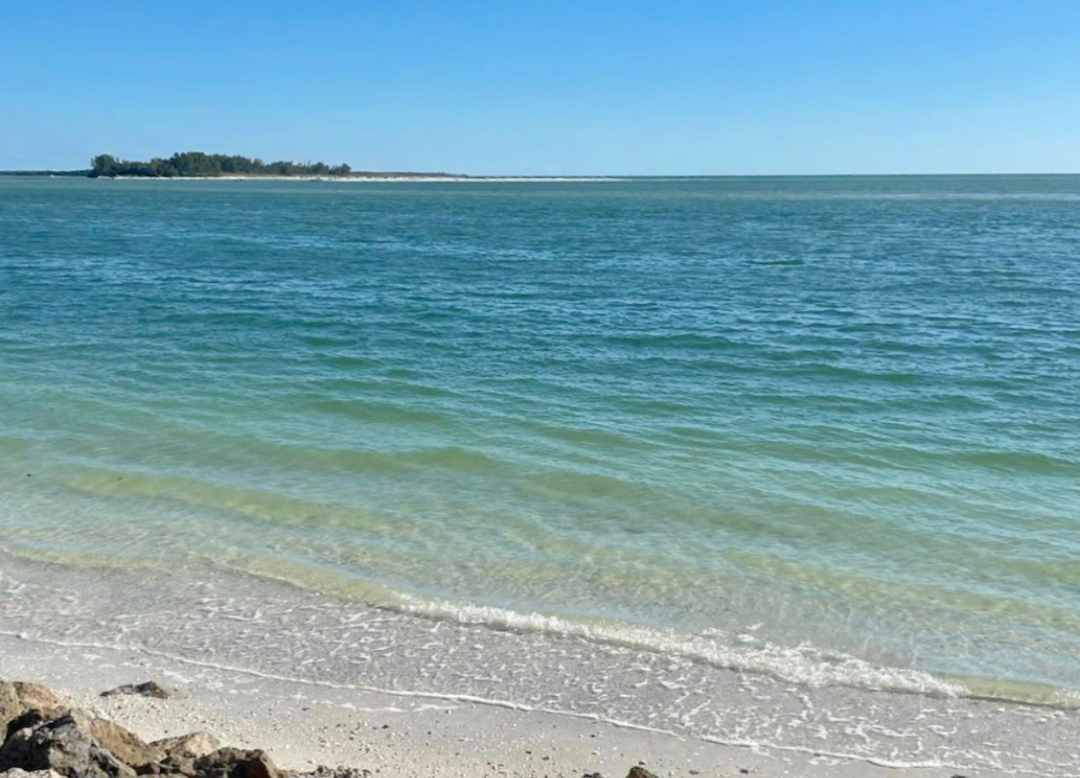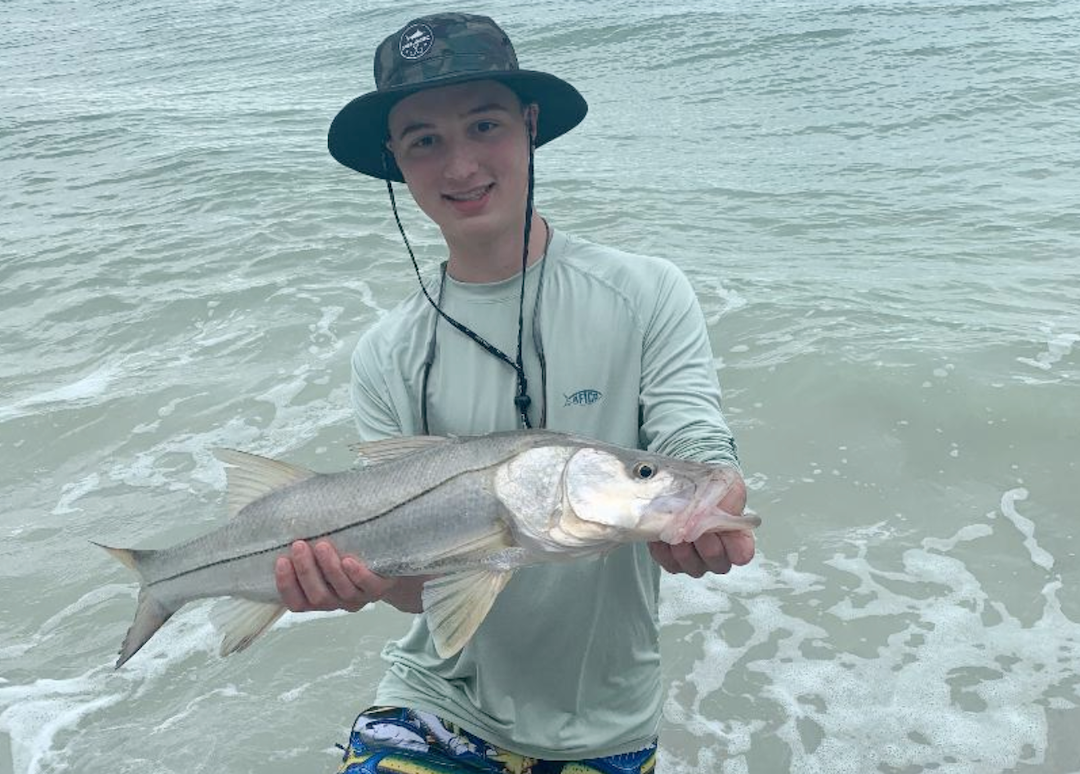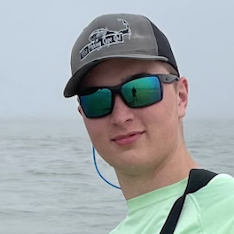
Hi My Fishing Cape Cod! 👋 My name is Joseph Vinci, and I am a 15 year old student and football player at Westwood High School. Outside of school, work, and sports; fishing and being on the water is my passion and hobby. Ever since I was younger I always enjoyed fishing with my dad for bluegill and then later on to bass.
Always having access to the Cape with my family, I began fishing with squid and catching bottom fish especially scup. It wasn't until I was 13 when I caught my first-ever striper. Catch a striper led to an "addiction" that is fixed on catching fish.
On Cape Cod I do most of my fishing on the southside beaches, bays, and marshes - all in the search of striped bass.
Over the past year I have been lucky enough to fish a new and completely different fishery for snook, and other species, in Marco Island, Florida. I am very excited to share some of my understanding of this fishery to provide everybody with information that may aid them in catching fish.
Navigating The Beaches
The layout of beaches stretching across Marco Island, Florida, is home to many species such as black drum, redfish, jack, Spanish mackerel, sheepshead, tarpon, a plethora of sharks and last but certainly not least, snook.
The snook is very similar to a striper, with one single lateral line and yellow fins. I like to target snook due to their long powerful runs, their fierce head shakes and jumps. At times these fish can be very frustrating and difficult to catch, but the reward of landing one trumps all the effort required.

One of the most important aspects of snook fishing is finding where the fish hide and where they ambush their prey. These holes do not have to be far from shore at all. Snook usually stay tight to the shore in the trough.
It is important to take advantage of the structure, if available. I’ve had mornings where I've landed snook after snook in the same spot. Even a small depression along the beach could hold snook.
Another habitat snook enjoy are sandy, shallow water flats. Flats offer a place for snook to cruise around and chase bait. Fishing the drop-offs and troughs on a flat can also be a very effective way of catching snook.
When To Fish For Snook

When planning for a fishing trip, I always look to fish the incoming or outgoing tide, because of the fast moving current. At the beaches where I fish, the outgoing tide seems to be the best, but that does not mean it will be the same for every location.
Weather and water clarity can be the difference between catching many fish and maybe getting one to follow. The warmer the water is, the better the fishing will be, especially after a cold front. Warm days after a cold front can really turn these fish on and make for a great day of fishing.
An additional factor to consider is fishing during times of low barometric pressure. An example of this would be a humid, cloudy, rainy day. This would make for ideal conditions in my opinion.
Now, let us go back to water clarity. Water clarity can make or break a trip. "Perfect conditions" with blue sky and crystal-clear water, can make snook very finicky. Usually a sure thing like live pilchards or pinfish are not as effective in clear water. Personally, I find that somewhat murky water is the best, because it does not allow the fish to see the bait as easily before striking.


nice article thanks for the info!
Love the article and the tropical sunset picture. Nice work young man. Thank you Joe.
Thank you Jake!
Nicely done…keep on casting!!
Thank you!
Great article Joe – keep up the good work!
Thanks Paul!
Great article Joseph!! Good basic info to get anybody started fishing beaches. You could be the next Frank Daignault. Great job. Uncle Bo
Proud of you son!!